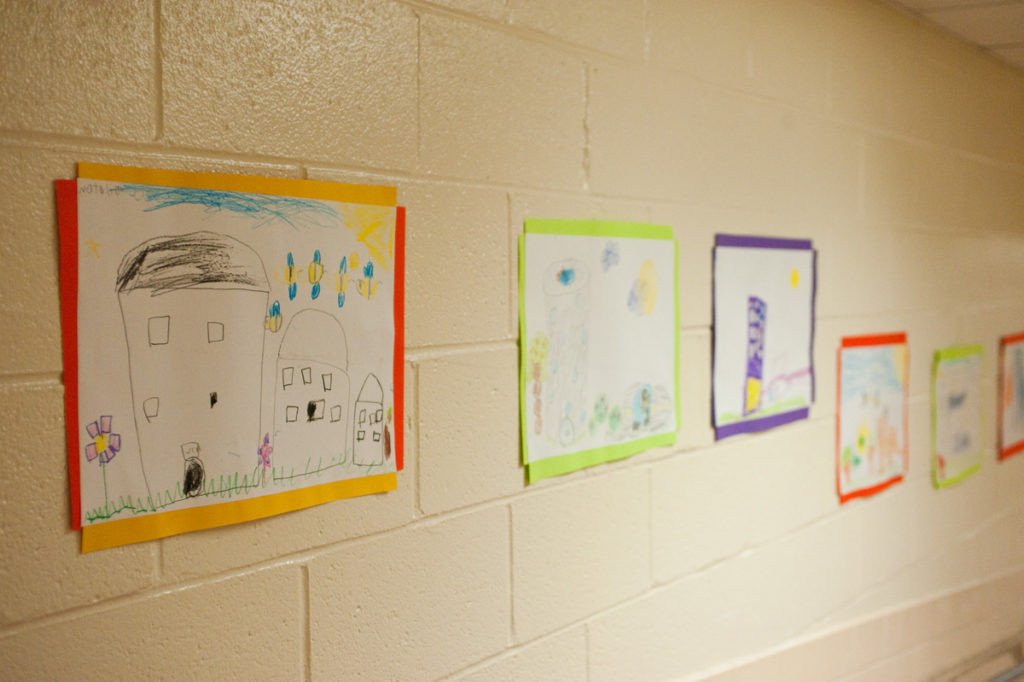
If we really believe the statement “Parents are partners in their children’s education,” then we have to make developing relationships with parents a top priority. An important first step in building these relationships is to invite families to express their hopes for their child. We might ask, “What do you most want your child to learn in school this year?” or “What’s your greatest hope for your child in school this year?”
In classrooms that use the Responsive Classroom approach, teachers, as part of the critical groundwork of the first six weeks of school, ask children to name their hopes and dreams for the school year. The children and teacher then use these hopes and dreams to create rules for the class to live by. But many teachers go a step further to ask the children’s parents/guardians also to name their hopes for their children.
Posing the question is a critical part of creating an effective learning environment for students. When a teacher listens to a family’s goals for the child, the school-home relationship begins on a note of respect and goodwill. The family knows from the beginning that the teacher has only the best intentions for the child. And the children see that their teacher and their family are working together to help them succeed.
If possible, the first family-teacher conference should take place before school begins each year and be part of the teacher’s paid, contracted responsibilities. Few schools have moved the conference from its traditional place in October or November to the beginning of the school year, but it’s a move that makes enormous sense. By asking families their opinions about their children right from the start, schools make clear that they want to be in true partnership, that family ideas really count.
It’s at a before-the-school-year conference that teachers can ask families to share their hopes for their children that year.
Teachers often report being initially surprised by what families say. Often, half or more of the responses are about social concerns:
By listening, responding, and then writing down the family’s top social and academic goals for the child, the teacher sends a clear message: The school cares about what the family thinks. The teacher can then share her or his goals for the class, both academic and social goals, and assure the family that they will talk about the child’s progress at the next conference in the fall. The teacher can also indicate that the child, too, will be asked to name goals for the school year and that the child’s answers will be used to help guide the rule creation process.
In schools that are unable to institute a before-the-school-year conference, teachers often adapt this process by sending letters home with “goal surveys.” Here’s an example:
Name of parent/guardian: ____________________________
Name of student: __________________________________
Dear Families,
We’re off to a great year! One of the activities in our class this year is to think about our most important hopes and dreams for the school year. I invite you to join this activity by sharing your hopes and dreams for your child. Please take a few minutes to answer these questions:
What do you feel will be most important for your child in school this year?
In what ways would you like to see your child grow socially?
In what ways would you like to see your child grow academically?
This week in school I asked the children to name a hope or dream for themselves for this year. The children wrote down their ideas and illustrated them. You may want to ask your child about the hope or dream that she or he named.
I look forward to talking with you from time to time about your goals for your child and your child’s progress toward meeting them.
Please send this letter back with your child by September 5.
Thank you.
Sincerely,
Teachers can ask families to send these surveys back with their children or to bring them to an open house or back-to-school night. Back-to-school nights are also a good time to share with families how goal setting is linked to rule creation. At such gatherings, teachers often explain the process the class has just used to develop the classroom rules, which are freshly on display. “These are the rules,” the teacher might say, “that will help make our hopes and dreams for school this year come true.”
Asking families about their hopes and dreams for their children is just the beginning of establishing strong school-home relationships. Keeping up your efforts in talking to and hearing from families throughout the year is critical.
As the year progresses and the children grow and change, families’ hopes and concerns may evolve. It’s important to keep checking in with them, listening, and taking what they say seriously. In working with families, the more fully you communicate, the more you’ll be able to work as a team for the good of the child.
by Chip Wood